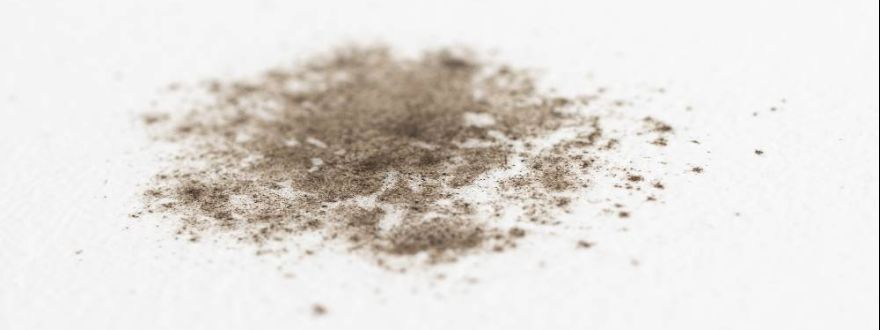
When it comes to homeowners insurance, one of the most common questions is if it covers mold damage. The answer is, it depends on the cause of the mold damage. Generally speaking, homeowners insurance typically covers mold only when it's caused by a "covered peril" such as accidental water damage. This means that if something like a burst pipe causes mold growth, your policy will likely pay to remove the mold and, if necessary, replace the flooring.
However, typical wear and tear, long-term leaks, moisture or water from construction, and bad repairs are all excluded from homeowners insurance coverage and won’t be covered. Furthermore, many policies also have exclusions for mold damage, except when the mold was the result of a problem covered by the policy. So if you find mold in your home due to a water backup or sump pump failure, chances are that your policy won’t cover it.
Some insurers do offer a mold-damage rider or endorsement that you can add to your policy, which would remove the exclusion for mold. But bear in mind, this may not be available in your state or through your insurer.
If you think you may have a mold problem in your home, there are a few tips for successfully navigating your claim. Firstly, take pictures of any visible mold and document the source of the damage. Also, hire a qualified professional to evaluate the extent of the damage and make sure to get an estimate for the cost of repair or remediation. Lastly, contact your insurance provider and provide them with the documentation.
It’s important to note that while homeowners insurance may cover some mold damage, it’s not a guarantee. Therefore, it’s important to regularly check your home for potential signs of mold and take proactive steps to prevent it before it becomes an issue.
